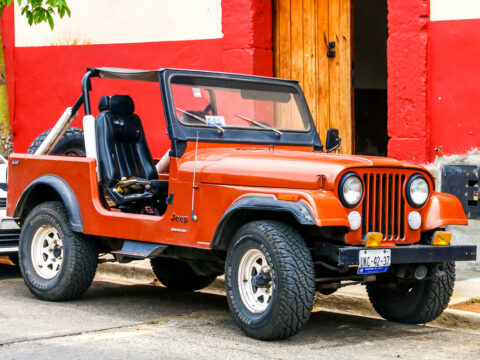When it comes to buying a truck, high-mileage options can be tempting due to their lower price tags. However, these vehicles often come with a range of hidden issues that can lead to costly repairs and headaches down the road. In this article, we’ll explore 18 surprising drawbacks of high-mileage trucks that every buyer should be aware of before making a decision.
Contents
Increased Maintenance Costs

High-mileage trucks often require frequent and expensive maintenance due to the extensive wear and tear they have endured. Components such as brakes, suspension, and engine parts may need regular replacement, leading to higher upkeep costs. Routine services become more critical and frequent, driving up overall ownership expenses.
Engine Wear and Tear
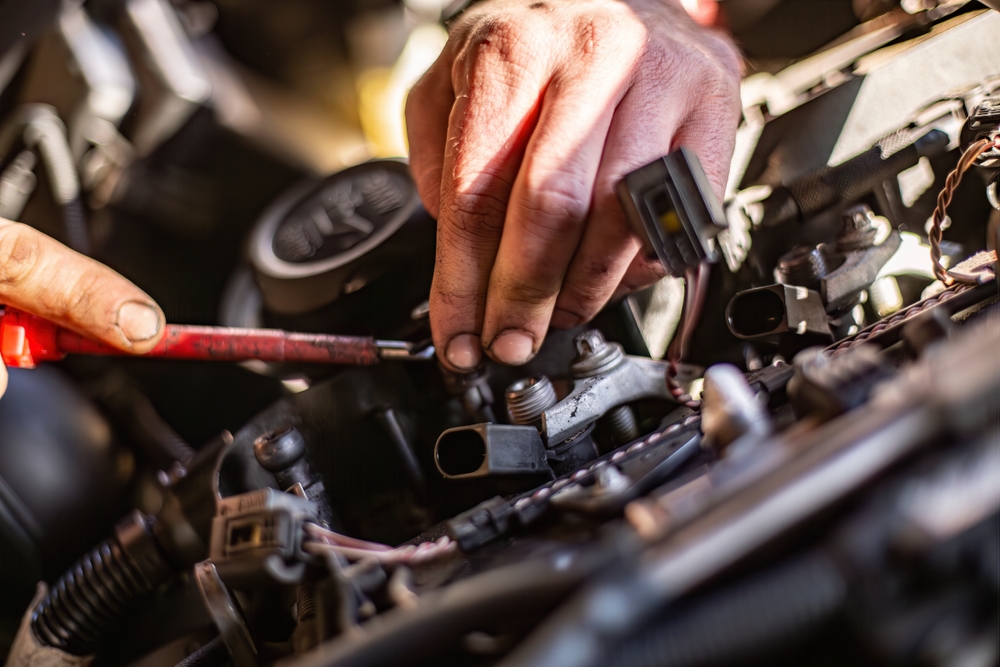
Engines with high mileage can have significant wear, leading to reduced performance and efficiency. Pistons, valves, and other moving parts may be worn down, causing loss of power and increased fuel consumption. This wear can also lead to more frequent breakdowns and expensive repairs.
Transmission Issues
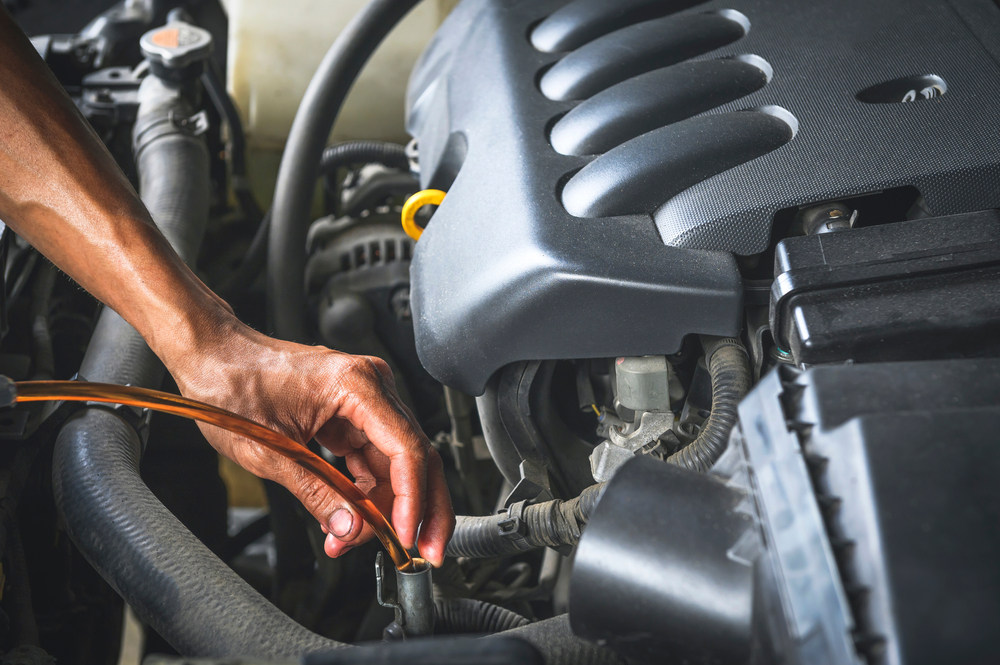
Transmissions are more likely to fail in high-mileage trucks, leading to costly repairs or replacements. Worn gears, clutches, and other components can cause slipping, hard shifting, or complete transmission failure, making the truck unreliable and expensive to fix.
Suspension Problems
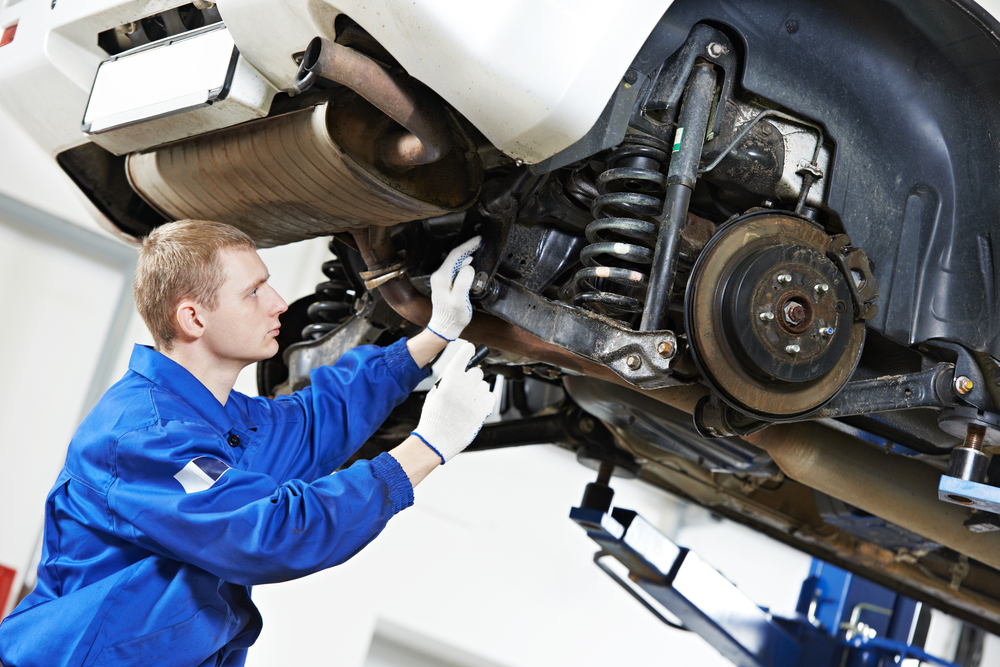
High-mileage trucks often have worn-out suspension systems, affecting ride quality and handling. Components like shocks, struts, and bushings deteriorate over time, leading to a rougher ride and reduced stability, especially when carrying heavy loads or driving on rough terrain.
Rust and Corrosion

Older trucks are more prone to rust and corrosion, especially in regions with harsh weather or where salt is used on roads. This can weaken the truck’s body and frame, leading to safety concerns and expensive bodywork repairs to maintain structural integrity.
Decreased Fuel Efficiency
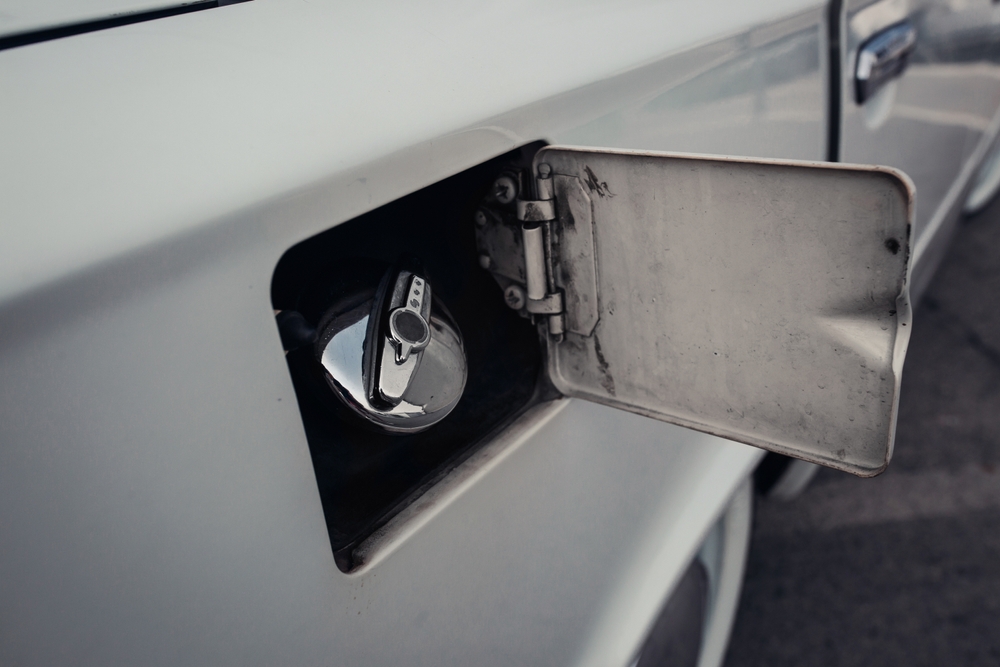
Engines with high mileage can become less fuel-efficient over time due to worn components and loss of compression. This means you’ll spend more on fuel as the truck consumes more to deliver the same performance, making it less economical to operate.
Electrical System Failures
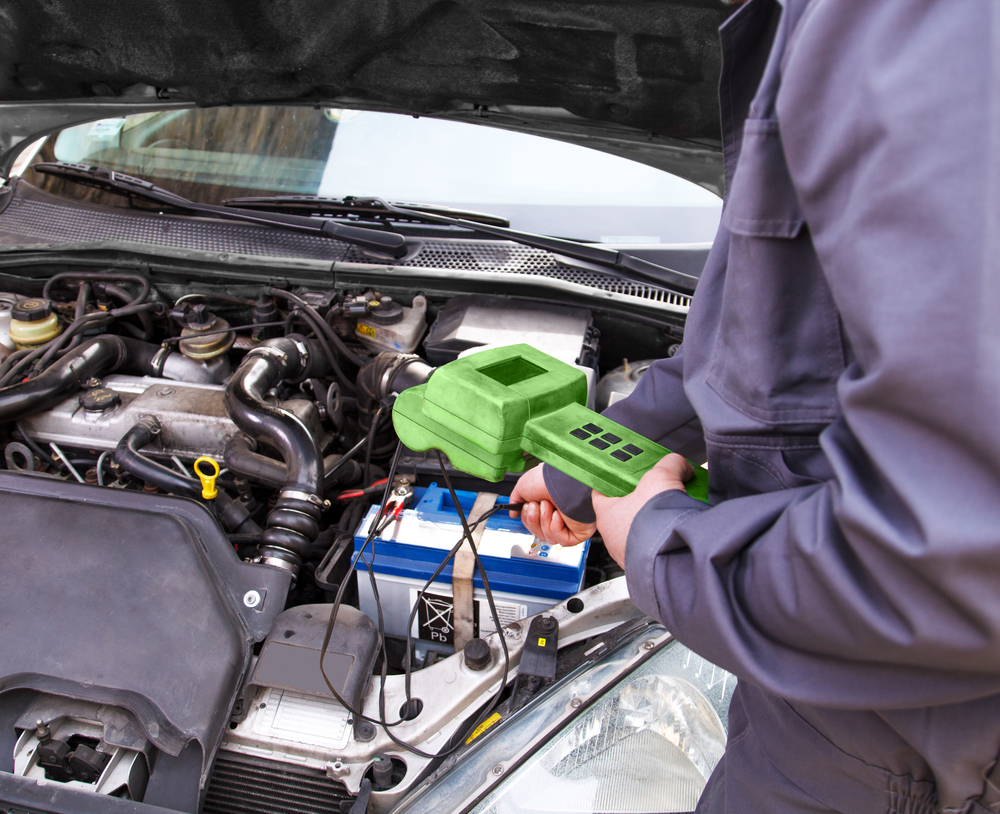
The electrical systems in high-mileage trucks are more likely to develop faults due to aging wiring, connectors, and components. Issues with lights, sensors, and other electrical features can arise, leading to frustrating and sometimes costly repairs.
Worn-Out Brakes
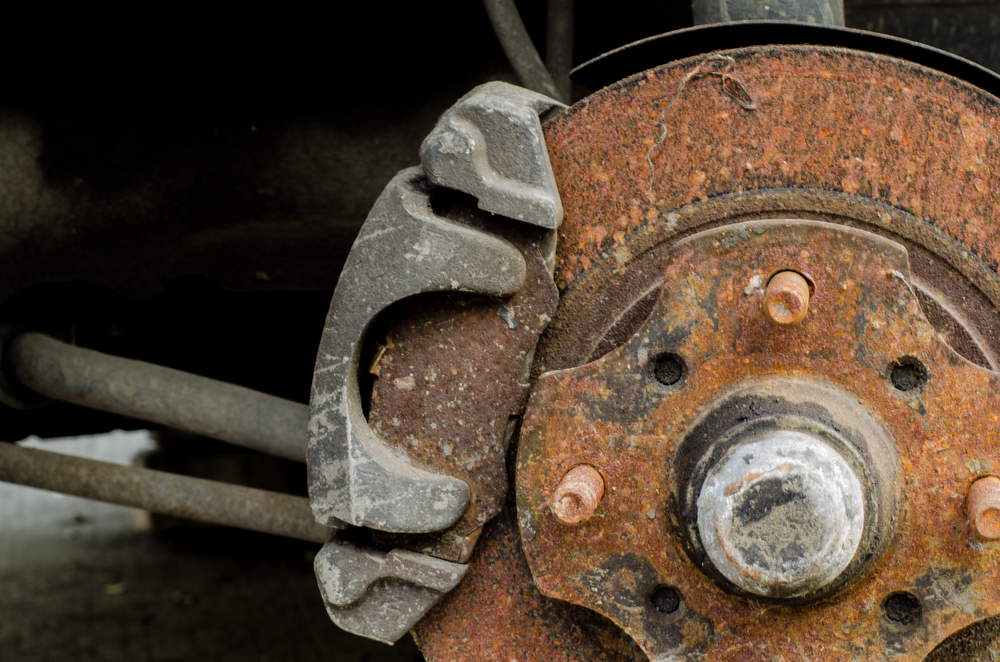
Brake systems may be significantly worn and need replacement in high-mileage trucks. Components like brake pads, rotors, and calipers degrade over time, reducing braking efficiency and increasing the risk of accidents if not addressed promptly.
Interior Wear and Tear
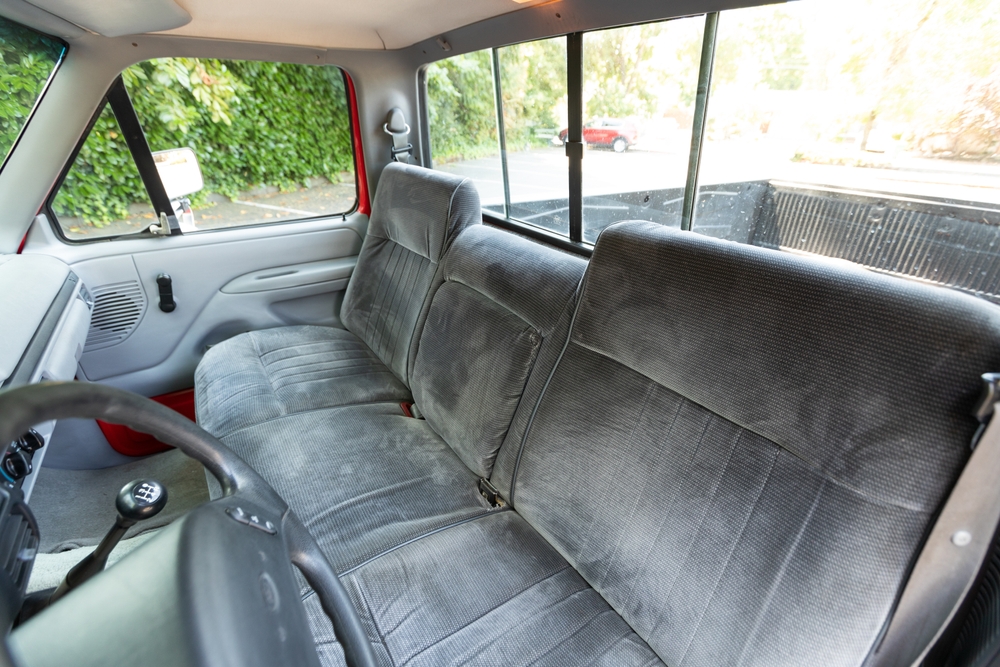
High mileage usually means the interior is heavily used and worn. Seats, carpets, and other interior components can show significant signs of wear, reducing comfort and aesthetic appeal. This can also affect resale value and overall enjoyment of the vehicle.
Outdated Technology

Older trucks lack modern technology and safety features found in newer models. This can include advanced driver assistance systems (ADAS), infotainment options, and connectivity features, making high-mileage trucks less appealing and less safe by today’s standards.
Cooling System Problems
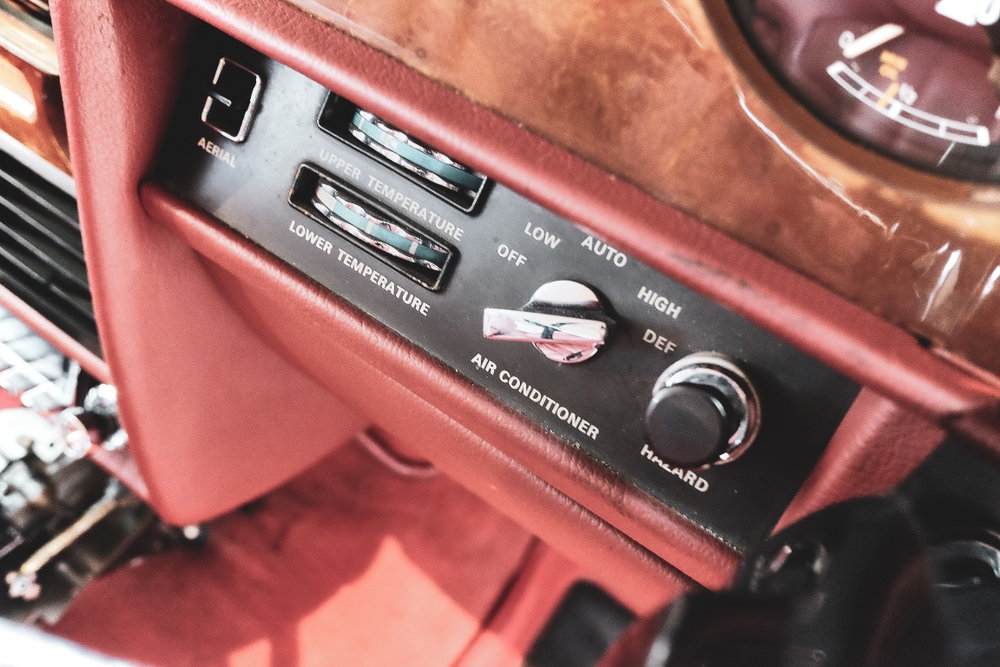
The radiator and other cooling system components may be near the end of their lifespan in high-mileage trucks. Leaks, clogs, and failures in the cooling system can lead to overheating and significant engine damage if not addressed, requiring expensive repairs.
Lower Resale Value

High-mileage trucks have lower resale value compared to low-mileage counterparts due to their increased wear and tear. This can make it harder to sell the vehicle later on and reduce the return on your investment when it’s time to upgrade.
Exhaust System Issues
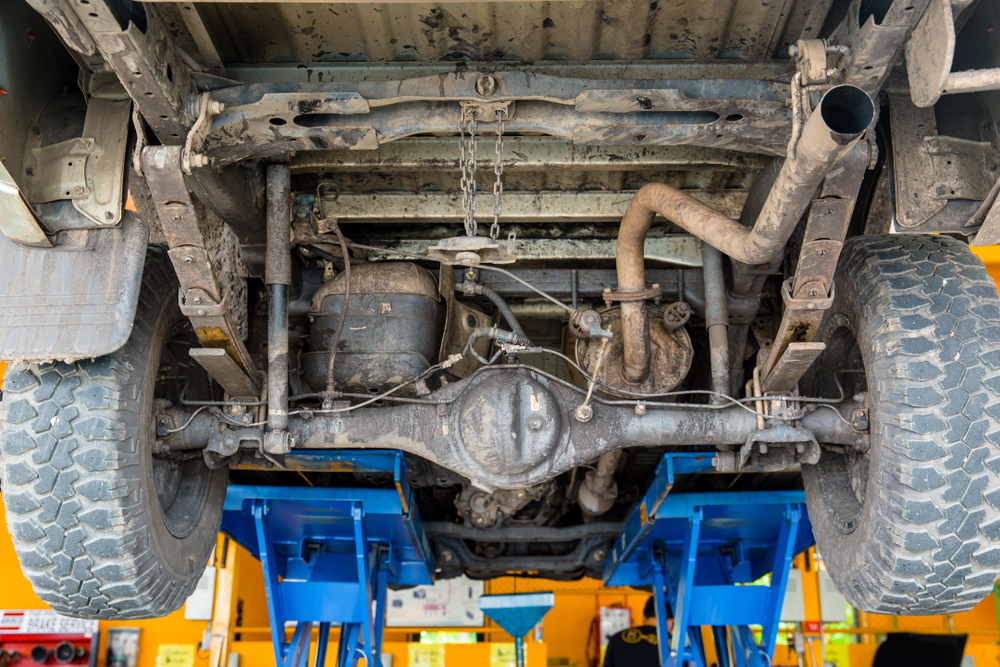
The exhaust system may be rusted or damaged in high-mileage trucks, leading to emissions problems and noise issues. Replacing exhaust components like mufflers, catalytic converters, and pipes can be costly and is necessary to meet emissions standards and pass inspections.
Potential for Oil Leaks
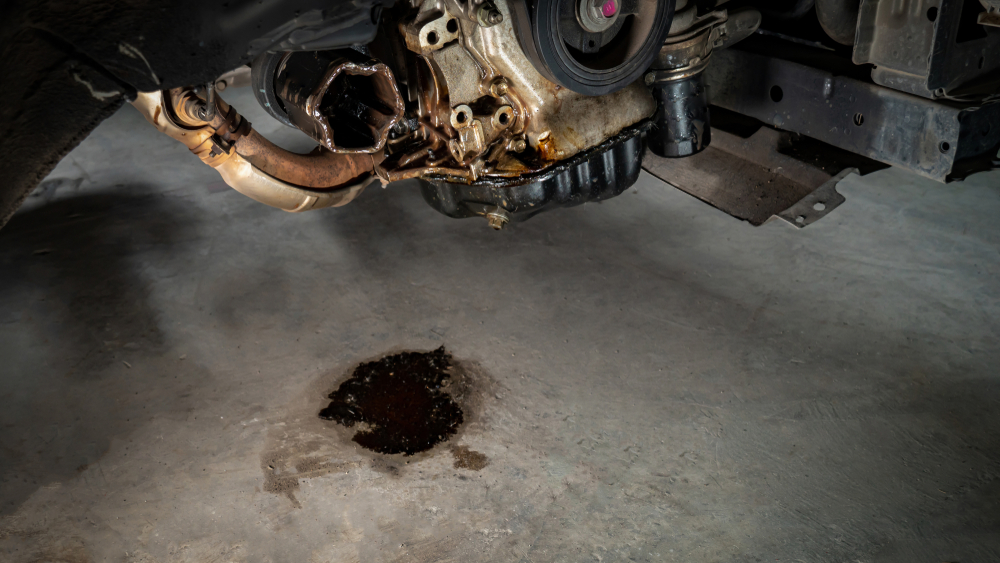
Older engines are more prone to oil leaks due to worn seals and gaskets. These leaks can lead to low oil levels, increased engine wear, and the need for more frequent oil top-ups and repairs to prevent further damage.
Higher Insurance Costs

Insuring an older, high-mileage truck can be more expensive due to the increased risk of breakdowns and the potential for higher repair costs. Insurance companies may charge higher premiums to cover these risks, adding to the overall cost of ownership.
Limited Warranty Options

Many warranties don’t cover high-mileage vehicles, leaving owners without protection against unexpected repairs. This means you’ll need to cover the full cost of any issues that arise, which can be significant for older, high-mileage trucks.
Increased Risk of Breakdowns

Higher mileage increases the likelihood of unexpected breakdowns due to worn components and systems. This can lead to inconvenient and costly repairs, towing fees, and potential safety risks if the truck breaks down in a dangerous location.
Worn Tires

Tires on high-mileage trucks may need replacing sooner than anticipated due to extensive wear. This adds to the cost of ownership and can affect the vehicle’s safety and performance if not addressed promptly.
This article originally appeared in MyCarMakesNoise.
More from MyCarMakesNoise
17 Historic Tractors That Transformed Agricultural Practices
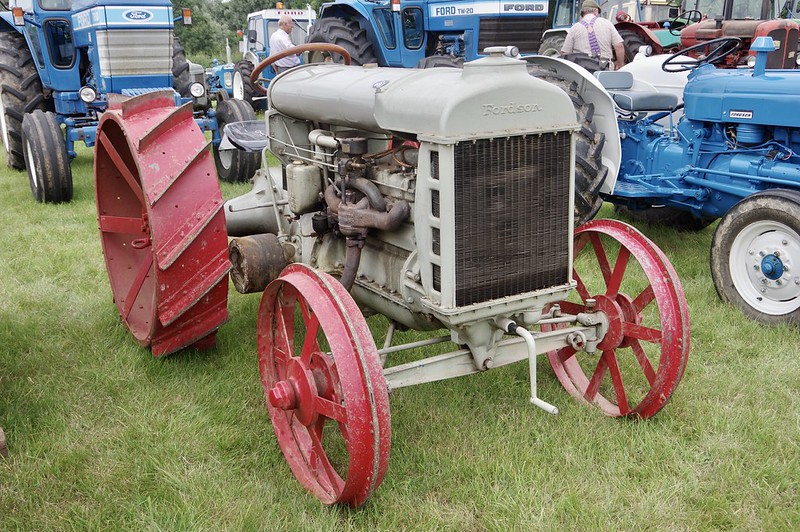
Tractors have been at the heart of farming for over a century, revolutionizing how we cultivate and harvest crops. Over the years, certain models have stood out for their innovation, durability, and impact on agricultural practices. Read More.
10 Fascinating Facts About High-Speed Bullet Trains
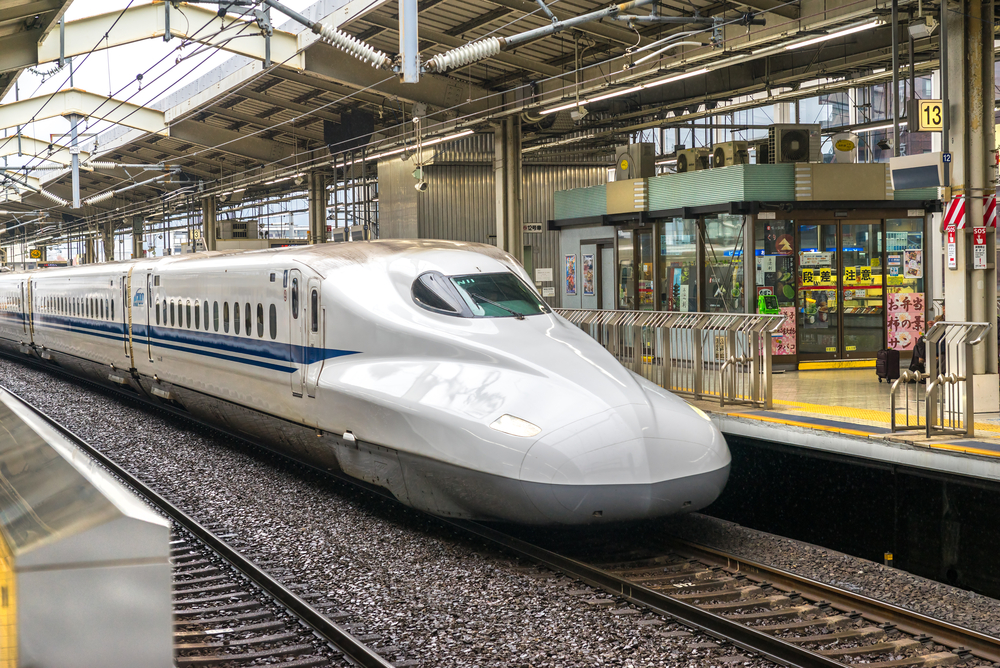
High-speed bullet trains have transformed the way we think about travel, offering an efficient, comfortable, and sustainable alternative to traditional transportation methods. Read More.
20 Best-Looking Classic Trucks with Enduring Style
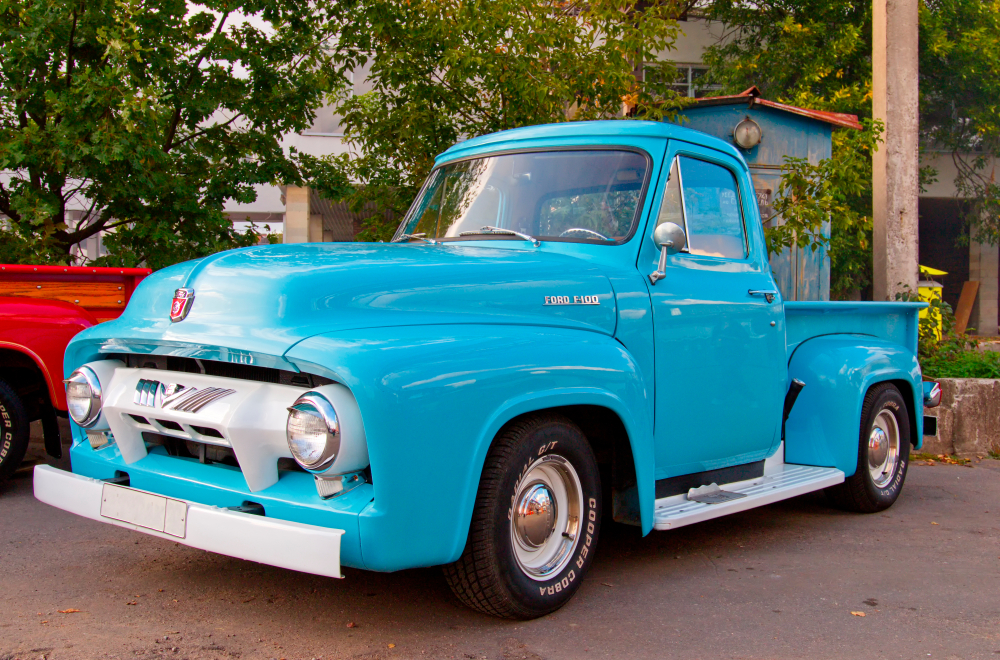
Classic trucks are not only known for their rugged performance but also for their timeless designs that continue to captivate enthusiasts. These trucks have an enduring style that reflects both functionality and aesthetic appeal. Read More.


